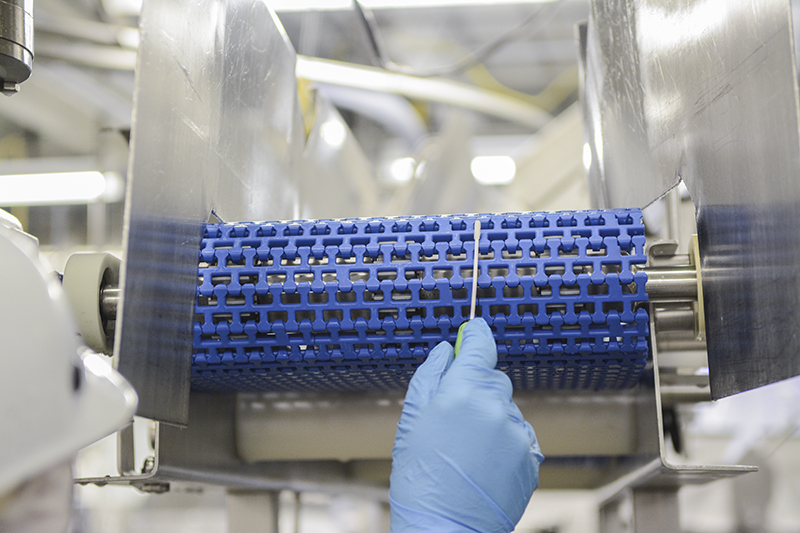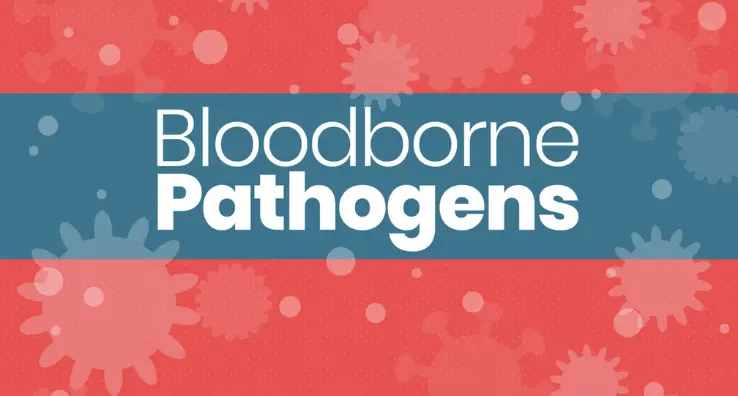Environmental Monitoring – A Critical Component of Food Safety

Environmental monitoring has become the center of attention for good reason lately. New requirements by FDA and GFSI standards have raised the importance of environmental monitoring programs (EMP’s).
FDA is planning to conduct over 500 Preventive Control for Human Food Inspections in 2019, many of which will be full scope inspections that include the Swab-A-Thon, where FDA takes as many as 100-150 environmental swabs during the inspection. Sampling results are maintained in a database with a specific DNA link so when future foodborne illness outbreaks occur, FDA can compare strains to link back to source plants through a specific database called Genome Trakr. Positive findings will result in enforcement actions by FDA. Prudent companies certainly don’t want to roll the dice and wait for FDA to come in and hope they don’t find anything. More importantly, companies need to have robust environmental monitoring programs to assure the safety of their food products and meet regulatory and audit standards requirements .
Why do we need to have environmental monitoring programs?
Food safety starts with extraordinary sanitation in facilities to control microbial contamination. Cleaning and sanitizing procedures need to be robust to assure not only food contact surfaces are clean, but also environmental areas are effectively cleaned to prevent bacterial harborage areas. Visual inspection during pre-op sanitation is necessary, but the only way to verify the effectiveness of sanitation is with ATP and microbial testing, since microbes are not visible to the human eye. This is a fundamental element of an effective sanitation system.
In addition, environmental sampling must be performed to meet the regulatory and audit standard requirements. If you operate an FDA regulated facility that produces Ready-To Eat (RTE) food exposed to the environment, you are required to perform environmental sampling and identify the potential biological hazard of pathogen contamination at post lethality exposed steps. In addition, if your company is certified to any GFSI standard such as SQF, BRC, or others, you are required to have an environmental monitoring program no matter what type of food you produce, not just RTE.
Last but not least, we do have a moral obligation to assure the safety of our food products. Environmental monitoring programs are a critical component of food safety. The old idea of the ostrich with its head in the sand not wanting to know if there is a problem is long outdated. You can’t fix what you don’t know and then it may be too late to fix when you do find out about it after illnesses or deaths occur. You can’t fix what you don’t know and shouldn’t risk waiting until something happens. If you wait until after illnesses or deaths occur, it’s too late. Robust testing needs to be completed to detect and eradicate pathogens in the environment. The BRC standard goes even further to challenge the adequacy of the program if consistently negative results are documented.
What should be included in my program?
First and foremost, your Environmental Monitoring Program needs to be risk-based as required. This means the same program does not work at all facilities. Your customized program should first assess what types of biological hazards your processing environmental could be at risk for. Of course, Listeria Monocytogenes and Salmonella are the first to consider but there could be more such as Staphylococcus Aureus, E. coli, coliforms, and more. Once you make this initial list, then a risk assessment should be performed to evaluate the likelihood and severity of the hazard. Based on the results of the risk assessment, you should then determine which biological hazards are prudent to test for at your facility.
The next step is to evaluate the plant survey that includes all potential sampling locations in high-risk areas. The environmental sampling program should identify four zones for potential sampling in high risk areas. Zone 1 includes food contact surfaces. Zone 2 includes indirect food contact surfaces such as equipment framework and indirect employee protective clothing. Zone 3 includes environmental areas inside high-risk processing areas such as floors, walls, drains, ceilings and refrigeration units. Zone 4 includes environmental areas in non-production areas such as break areas and hallways.
Once the zones and potential site sampling locations are identified, you can then determine the number of samples that need to be taken. It is a best practice to assure all potential sampling sites are rotated through at least quarterly. So, if you had 72 potential sites, sampling could be performed weekly on at least 6 sites per week to assure all sites are sampled at least quarterly. FDA has published a draft Compliance Guidelines for Control of Listeria Monocytogenes with recommended sampling frequencies and quantities.
SQF has also published the SQF Edition 8 Guidance Documents that detail recommendations for Environmental Monitoring Programs in Section 2.4.8.
To minimize liability, it is recommended to test Zone 1 food contact surfaces only for Total Plate Count rather than specific pathogens to verify sanitation effectiveness. A positive pathogen test on a food contact surface could implicate product that passed over the surface to be adulterated and subject to recall. Pathogen testing should be limited to Zones 2, 3 and 4. Sample frequencies in Zone 2 should be greater than Zone 3 and sample frequencies in Zone 4 should be greater than Zone 4.
Ultimately, the final determination of the number of samples, frequency of sampling, and sites to be sampled should be based on the risk assessment results and reasonably consistent with the FDA Guidance document. The risk assessment must be well documented with the likelihood and severity ratings along with the thought process used to justify the decisions made during the development of the program.
Last, the program must include corrective actions to be taken when positive results occur. Corrective actions generally include intensified sanitation followed by resampling increased areas three times to verify the pathogen has been excluded from the environment.
Managing Results
Substantial quantities of data will be generated from the implementation of the EMP. It’s important to manage these results by evaluating the trends over time rather than in isolated silos as individual results come in. Trend analysis should be compiled and reviewed by senior management on a monthly and quarterly cadence. As results are gathered over time, sampling frequencies can be changed based on the risk level as determined by the sample results as likelihood ratings are revised. There are several good software programs available to manage these results, including EnvironMap, Corvium, Novatek, and others that can help manage the program.
Final Thoughts
Effective environmental monitoring programs are imperative to prevent pathogens from spreading in the facility and contaminating food contact surfaces and products. Companies need to provide the resources necessary in terms of labor and laboratory costs associated with the sampling. Robust programs are designed to detect, eliminate, and exclude pathogens. Take time to do it right before FDA finds it for you or an outbreak occurs from your facility. As a wise man once said, you never regret doing the right thing.
If you need assistance developing or validating your environmental monitoring program, please feel free to contact Alchemy Consulting.






